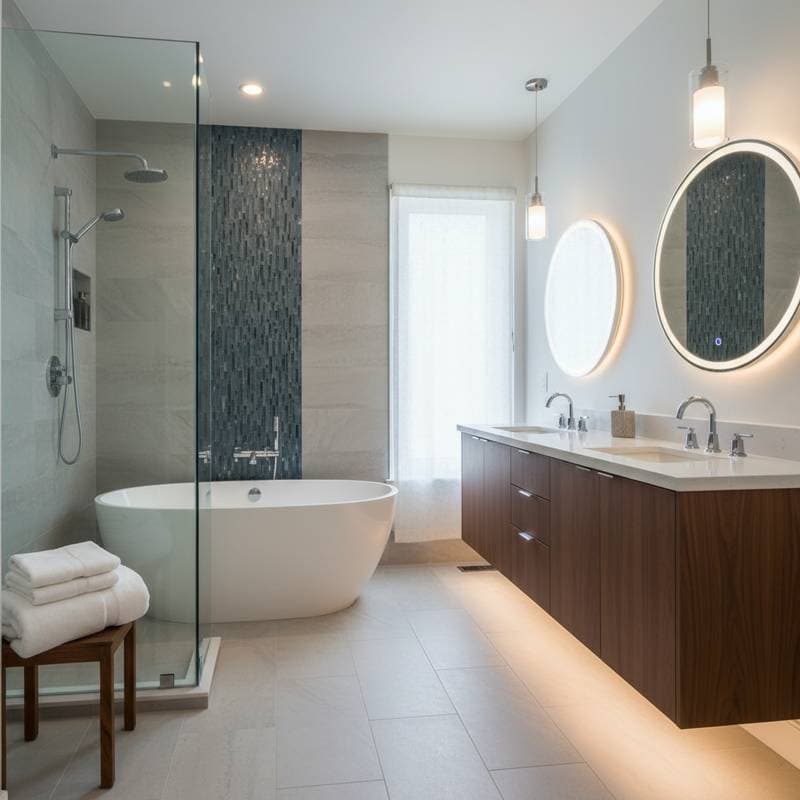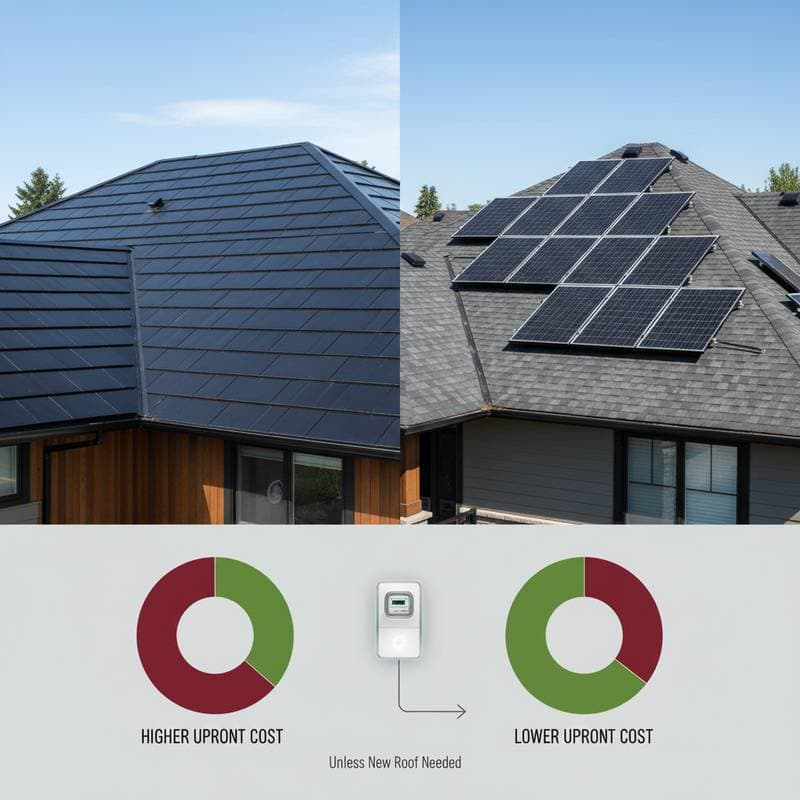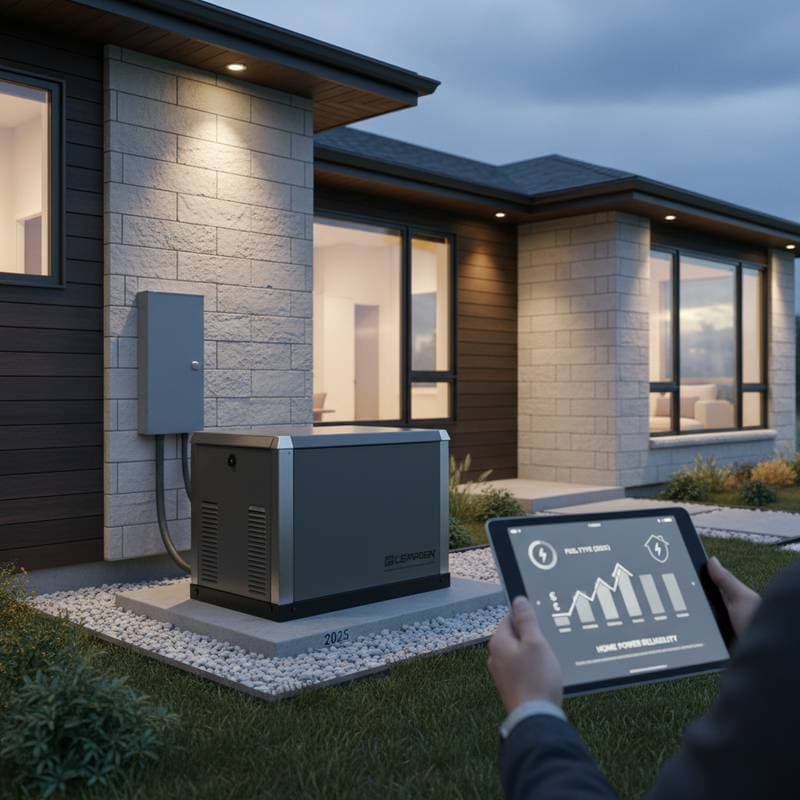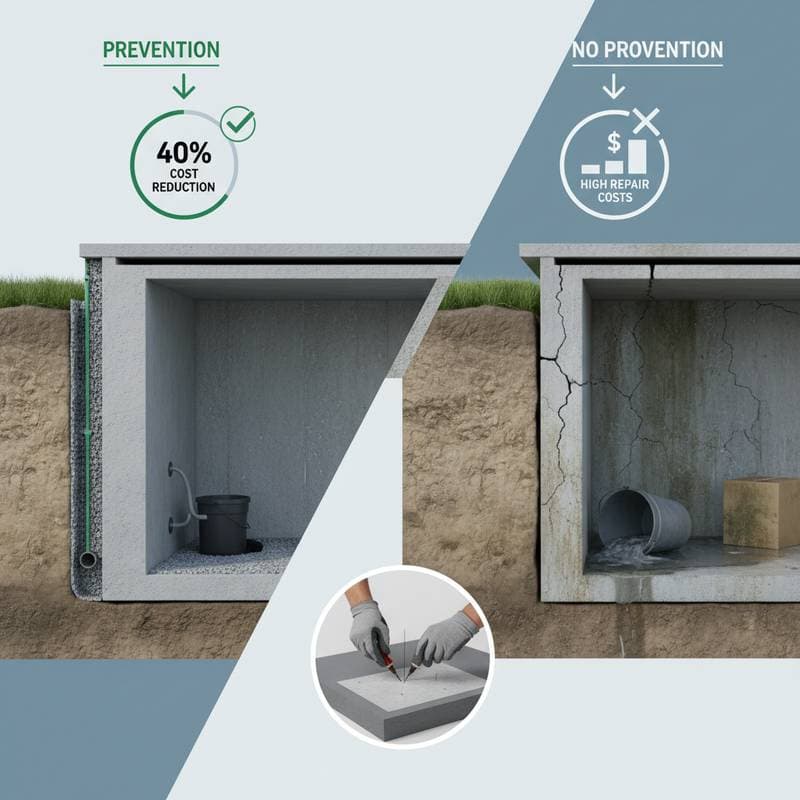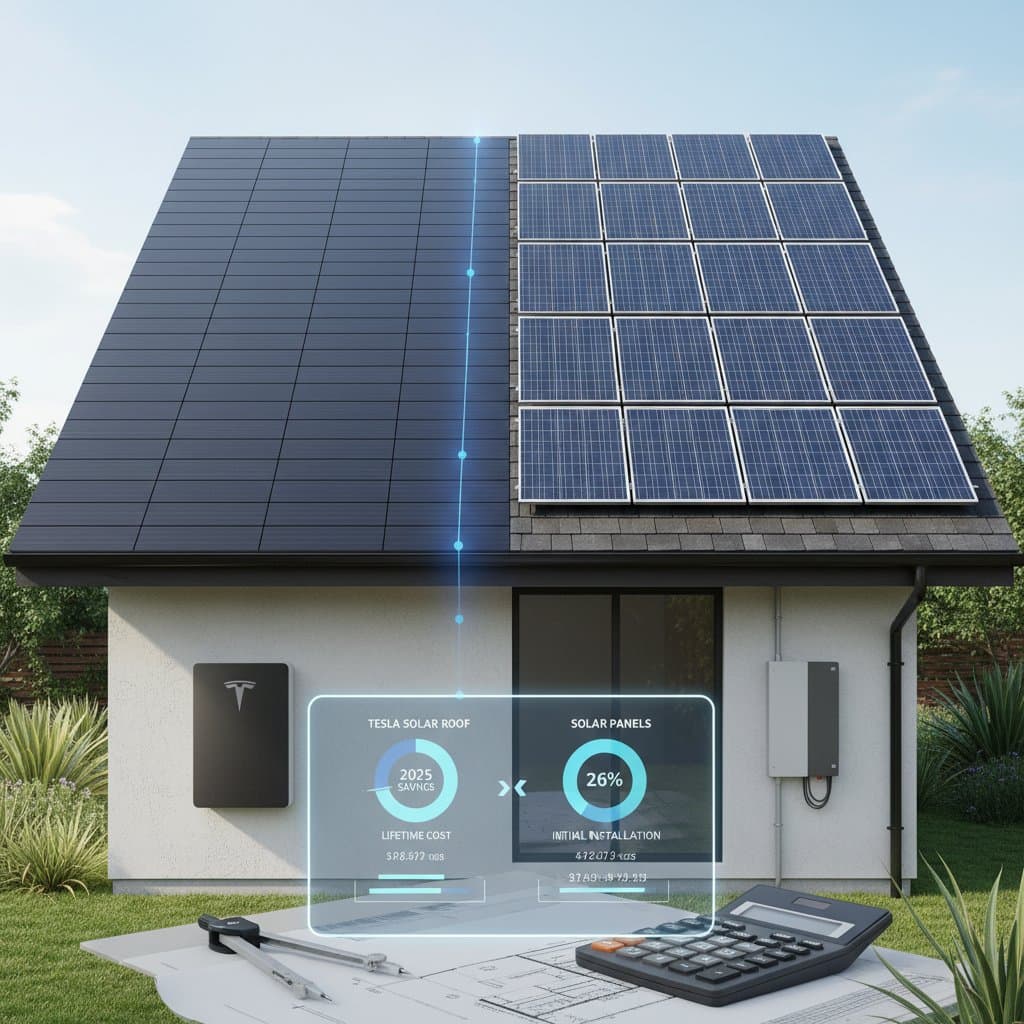Maximizing ROI: Bathroom Remodel Costs and Strategies for 2025
A bathroom remodel transforms daily routines and enhances home value. Homeowners planning updates in 2025 must consider budgets that align with both immediate comfort and long-term returns. This guide examines cost ranges, influencing factors, and high-impact upgrades to inform strategic decisions.
Understanding Bathroom Remodel Cost Basics
Costs for bathroom remodels differ by location and project scale. Nationally, a complete remodel averages $12,000 to $28,000, based on room size and material choices. Basic refreshes, such as updating fixtures or paint, range from $4,000 to $7,000, while luxury projects surpass $40,000.
Regional variations play a significant role. Urban coastal areas face 20 to 30 percent higher expenses due to elevated labor rates. In contrast, Midwest and Southern regions benefit from lower material costs and competitive contractor pricing. Older homes in high-demand markets often require additional plumbing or electrical work, further increasing totals.
Seasonal timing affects budgets as well. Winter projects secure discounts and flexible schedules from contractors. Spring and summer demand drives up rates. Broader economic conditions, including material availability and interest rates, also impact fixture and tile prices.
Common Pricing Models for Remodels
Contractors employ various models to match project needs. Hourly rates, ideal for minor repairs, span $50 to $125 per hour, varying by expertise and location. Full remodels typically use fixed-price agreements that encompass labor, materials, and overhead.
Cost-plus arrangements bill actual expenses plus a 10 to 25 percent markup, promoting openness during design changes. Packaged options from chain remodelers provide tiered plans with set materials and services. Emerging maintenance subscriptions cover ongoing tasks like grout sealing, appealing to those seeking sustained care.
Service Tiers and Associated Costs
Projects divide into tiers that balance quality and expense.
Basic Tier: Targets essential function and appearance. Tasks include repainting, bathtub refinishing, faucet swaps, and light fixture updates, costing $4,000 to $8,000. This suits rentals or fast-sale preparations.
Standard Tier: Incorporates durable upgrades like ceramic tiles, custom vanities, and added storage, priced at $10,000 to $18,000. It delivers reliable style without deep personalization.
Premium Tier: Features advanced elements such as stone surfaces, glass enclosures, and heated floors, ranging from $20,000 to $35,000. Ventilation enhancements and smart systems often accompany these.
Luxury Tier: Involves tailored designs with exotic materials and spa amenities, exceeding $40,000. Collaboration with designers ensures unique, market-attractive results.
Factors Driving Cost Variations
Several elements shape final expenses, and anticipating them avoids overruns.
Project scope determines much of the budget. Relocating fixtures or expanding space raises material and labor demands. Maintaining original layouts controls costs effectively.
Work complexity influences rates. Detailed tile patterns or integrated shelving require skilled labor, extending timelines and fees. Simpler designs streamline execution.
Duration varies by scale. A powder room update takes one to two weeks; a primary suite overhaul may span six weeks, factoring in material delivery. Extended projects heighten labor and inconvenience.
Material selections sway totals significantly. Opting for quartz over laminate or cast iron over acrylic adds thousands. Prioritize moisture-resistant options for enduring performance.
Optional Upgrades and Their Expenses
Enhancements boost usability and appeal, with defined price points.
Radiant heated flooring installs at $10 to $20 per square foot, including setup. It enhances winter comfort and efficiency.
Custom storage solutions, like vanities with soft-close drawers, cost $1,200 to $4,000. Select water-resistant woods for durability.
Advanced lighting setups, featuring recessed and LED options, add $800 to $2,000. Integrate dimmers for versatile control.
Rush services apply a 10 to 30 percent surcharge to expedite timelines, useful for sales preparations.
Evaluating Return on Investment
Bathroom updates yield strong resale benefits. Mid-range projects recover 60 to 70 percent of costs, per industry analyses. High-end versions recoup 50 to 60 percent but accelerate sales in premium markets.
Focus on functional improvements for optimal returns. Install low-flow toilets and efficient lighting to cut utilities and attract eco-minded buyers. Choose low-maintenance surfaces like porcelain to sustain value.
Market Trends and Material Influences
Supply chains continue to affect pricing for tiles and fixtures. Global shifts may cause short-term increases, prompting choices in local or recycled alternatives.
Sustainability shapes selections. Water-efficient devices, non-toxic paints, and composite counters align with green preferences. Such features elevate appeal in efficiency-focused regions.
Integrating Smart Features
Technology elevates modern bathrooms. Voice-activated lights or touchless sinks improve hygiene and ease, with installation costs from $400 to $1,200.
Smart mirrors displaying information average $1,000 fitted. These investments pay off through daily convenience and reduced energy use, ideal for long-term residents.
Professional Versus DIY Considerations
DIY suits simple tasks like painting, but full remodels demand experts for code compliance and safety. Professionals handle waterproofing and wiring to prevent future issues.
Hiring adds 20 to 40 percent to budgets yet saves hours on planning and sourcing. Contractors deliver polished outcomes, minimizing risks.
Ensuring Protection Through Insurance and Warranties
Select firms with liability and workers' coverage for mutual security. Certifications from bath associations signal professionalism.
Fixture warranties extend $200 to $500, while workmanship guarantees last one to five years. Review these in proposals for comprehensive protection.
Selecting a Reliable Contractor
Beyond bids, evaluate experience and responsiveness. Demand itemized quotes covering contingencies and schedules.
Check reviews and references for similar work. Confirm subcontractor qualifications for specialized tasks. Prioritize clear dialogue over the cheapest option.
Design Strategies for Budget Efficiency
Efficient planning maximizes funds. Reuse plumbing locations to redirect savings toward quality finishes.
Neutral palettes and ample lighting expand visual space. Large tiles and open showers create luxury on a budget.
Incorporate accessible elements like grab bars or lever handles to broaden buyer interest and future-proof the space.
Steps to Launch Your Remodel
Begin with a budget including 10 to 15 percent for surprises. Obtain three quotes, scrutinize inclusions, and confirm licenses.
Emphasize daily-use enhancements like ventilation and storage. Balance personalization with broad appeal for resale potential.
Professional execution with thoughtful choices yields a space that boosts enjoyment and equity for years.

